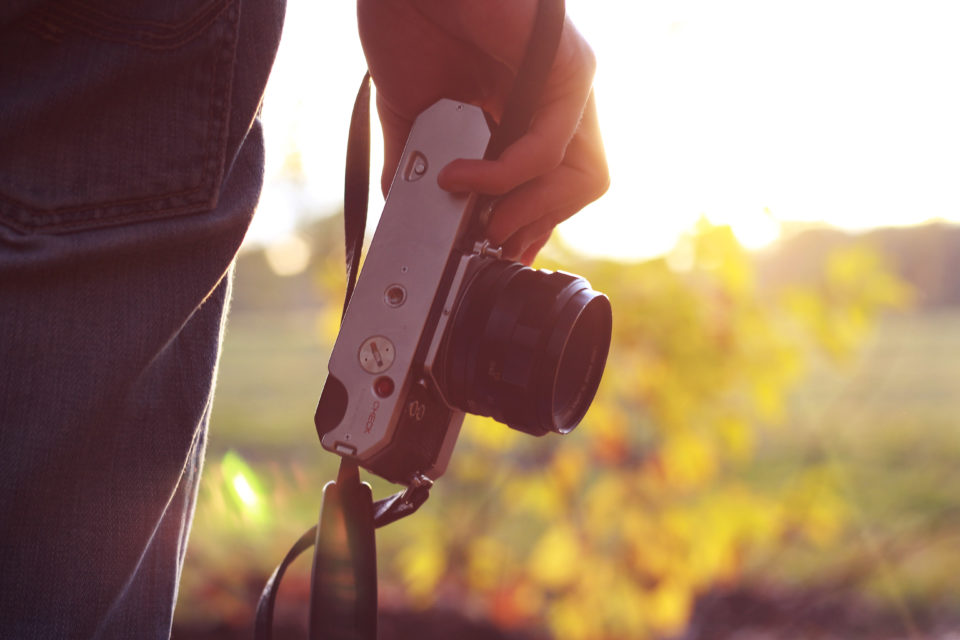Often times when dealing with print media you will repeatedly hear “high resolution” or “low resolution.” What is image resolution? Image resolution is the detail an image holds. “Why does that matter? My image is great quality!” That may hold true on your computer screen, but transitioning between different mediums affects the quality of an image. Digital and print are very different in what resolution is required for an image to appear clear and of quality.
Higher resolution correlates to more image detail or information the image holds. This information is translated into pixels, which are the colored dots that make up an image. The more pixels there are, the more detailed, vibrant, and vivid the image appears. If the image has less pixels, it will look like a compilation of boxes or squares pieced together.
DPI stands for ‘dots per square inch.’ This measures how sharp an image is. Online and web graphics can be at a lower resolution (72DPI) and look amazing on a computer screen, however, that same image when printed would look pixelated and not sharp. High resolution photos start at 300DPI and go up. For printing purposes, images look best at a high resolution.
What are uses for high resolution images? In the world of media where images are shared on a variety of platforms, it is pertinent to have an image that is able to translate across all mediums.
For example: XYZ Arena is hosting a concert and create a flyer to advertise for the event. They plan on posting this flyer on their social media platforms, email list, sending it to be printed in the newspaper, local music shops to have posted on the walls, and so on. This flyer now has to be able to translate between print, web, etc. The resolution of this flyer would need to be at high resolution (300DPI or better), so that it will look presentable across all media channels. At a lower resolution (72DPI), the image my look great on social media, however, when printed the image can become pixelated and possible even illegible.
Moving forward, be sure to consider all of the platforms that your image or graphic will be located – think high resolution graphics and images. This practice will go a long way in saving time, energy, effort and will show professionalism and quality in print!
Questions? If we can help, feel free to contact us. Either way, we wish you all the best!

